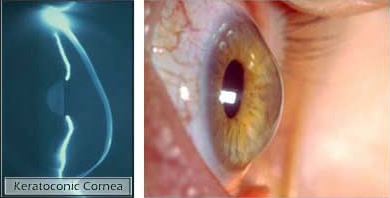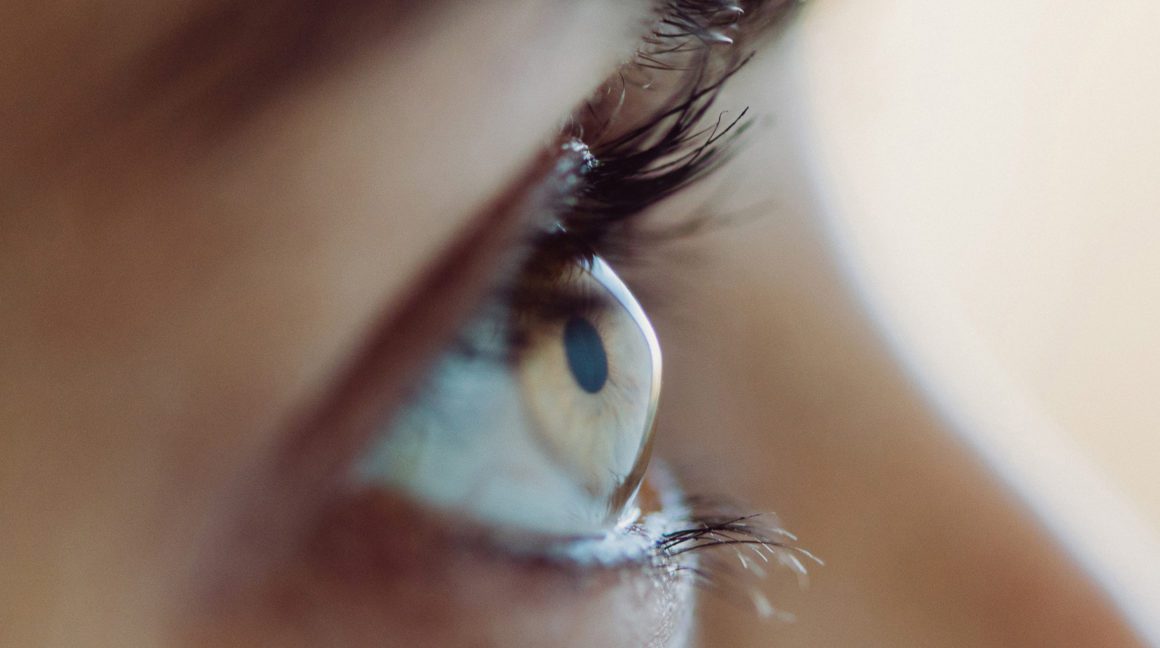The Keratoconus is a non-usual condition that the cornea (the transparent area in the anterior side of the eye) is abnormally thin and protrudes to the front. Keratoconus literally means cornea with cone shape.

In most cases the persons with early Keratoconus notice a slightly blurred sight and visit the doctor looking for a corrective lenses for reading or driving. In the beginning, the Keratoconus symptoms are not different from those characteristics of any ordinary refraction (such as myopia or astigmatism). As the disease progress, the sight becomes worst and sometimes very quickly. The visual acuity deteriorates regardless the distance, and the night vision in one of the eyes is distinctly worse than the other. Some persons develop photophobia (light hypersensitivity), ocular tiredness for averts the sight in order to read properly, or eye itching. The pain sensation can alternately be mild or inexistent.

Keratoconus treaments
Corneal CrossLinking
Lately, it started to use the Corneal Cross Linking technique that consists on the combination of UV radiation with photosensibilizing substances (riboflavin). This technique pretends to increase the corneal biomechanical stability with the purpose to avoid the cornea transplant.
There are cases less severe that are treated successfully with contact lenses especially designed for this condition (Orthokeratology). Also, it can be treated with chirurgical techniques as thermokeratoplasty or the corneal tissue addition (epikeratophaky)
Intercorneal Rings
Nowadays, the Intracorneal rings are available (in United States: Intacts, in Brazil: Ferrara rings or Keraring) . These represent an intermediary solution before cornea transplant.
The implantation of intrastromal corneal rings is a technique increasingly developed. It is used as alternative to other chirurgical procedures, for example to cornea transplant in patients with Keratoconus or cornea ectatic disorders. Other way to use this technique is as procedures of Bioptics. They are also used, and every time more often, for solving complications on kerato-refractive surgery.
Cornea Transplant
When there are severe cases of Keratoconus or after applying the Crosslinking treatment and/or after placing intercorneal rings without optimal results and the sight is reduced or has no improvement with glasses or contact lenses, it is necessary to get a cornea transplant. This surgery presents a high efficacy, but it is not exempt of risks, especially those related with immunologic reject to the donor implant.
What is keratoconus? symptoms and treatments

